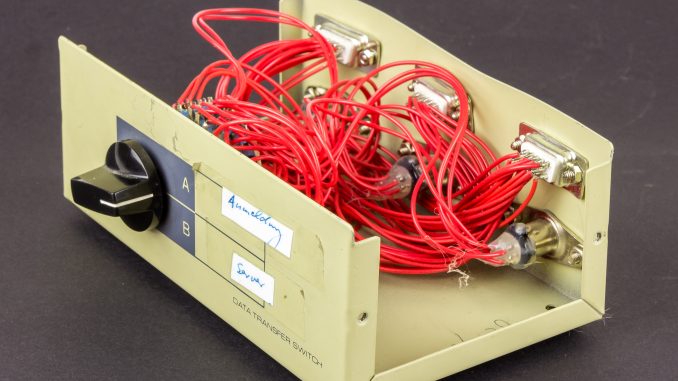
How to Make Simple Inverter at Home Step by Step
You can without difficulty make an inverter at home. To apprehend how to make an inverter easily, a easy step through step approach is mentioned in this post.
Earlier, our energy (electrical) necessities had been so less. But now, the state of affairs has modified a lot. From a easy induction to complicated washing machines, from a Cell smartphone to our excessive stop gadgets, each tools associated with our each day use requires electricity supply. It is the major purpose for the latest extend in use of inverters at our home. There are distinctive sorts of inverter on hand in market, however these circuits are complicated, excessive cease and costly. So, let’s make our personal inverter at home.
Circuit Design (Diagram) for Making an Inverter at Home
This circuit graph does no longer have any practical restrict and comes with an effectivity of greater than 75%. And in addition, it is successful of compensating nearly all of our strength wishes and that too at very most of your energy requirement at a very sensible cost.
Theory in the back of the circuit
The circuit of this inverter is multiple when in contrast to the oftentimes used inverters as it does now not have involvement of a separate oscillator circuit to strength up the equipped transistors. In region of that, in our circuit, each halves of the circuit features like a re-generative method (just like full wave bridge rectifiers).
Whatever we do to stability each the components of the circuit, there will continually be a misbalance in the resistance values and transformers windings. This is the cause that each components of the circuit can in no way function at the equal factor of time.
Now think that the first phase of the circuit begins conducting first. The biasing voltage for the first 1/2 is being fed by way of the 2nd part’s transformer winding via R2. As quickly as the first phase completes its conduction stage, the output of the battery is grounded by using the collectors.
The system drains out any on hand voltage to the base thru R2 and for this reason the conduction of the first section stops completely. At this instance, the transistors in the 2d section get the hazard for conduction. and consequently this cycle maintains continuing.
Items for making inverters at home
- R1, R2 = one hundred Ohms./ 10 watts wire wound.
- R3, R4 = 15 Ohms/ 10 watts wire wound
- T1, T2 = 2N3055 strength transistors.
- Transformer = 9- 0- 9 Volts / 5 Amps.
- Automobile battery = 12 Volts/ 10AH.
- Aluminum warmth sink = reduce as per the required size.
- Ventilated steel cabinet = as per the measurement of the total assembly.
Step-by-step instructions for making inverters at home
Step 1
Take an aluminum sheet and make/cut the sheet into two components of almost 5×5 inch. Drill holes for becoming the electricity transistors. The holes have to be about 3mm in diameter. Drill/Make appropriate holes to allow effortless and firmed fitment on the cupboard of the inverter.
Step 2
Take the resistor and join it in a move coupled mode with the transistor’s hands in accordance to the circuit proven below.
Step 3
Fix the transistors firmly on to the warmness sinks with nuts/bolts.
Step 4
Connect warmness sink + resistors + transistors assemblage with the transformer’s secondary (output) winding.
Step 5
Place the entire PCB and transformer meeting internal the steel cabinet. Keep in thinking that air flow in the cupboard must be good. Attach the input/output factors inclusive of fuse holder with the cupboard and join them in accordance with the circuit design positioned above.
Your inverter is geared up now. If you wish, you can use the case for housing inverter circuit.
Operational Checks of Homemade Inverter Circuit
Operational tests of the circuit earlier than the use of it on full scale is pretty necessary. To check it, raise out a connection of 50-60 watt bulb with the inverter’s o/p socket. After that, vicinity a battery (12 volt) with the inverter’s i/p socket. The bulb will mild up brightly which will point out that the circuit connection is proper and out inverter is equipped to go on field. However, if the bulb does no longer mild up, Then recheck the connections.
Where to Use this Homemade Inverter
The strength output of the inverter is almost in the vary of 70-80 watt and the backup time is absolutely load dependent. It can be used to electricity bulbs, CFL lights, followers and different small electrical home equipment like soldering iron etc. The effectivity of this inverter is 75% approximately.
The largest gain : The circuit unit is small and effortless to carry. It may additionally additionally be related to your automobiles battery itself when exterior so that the hassle of carrying an greater battery is eliminated.
Leave a Reply